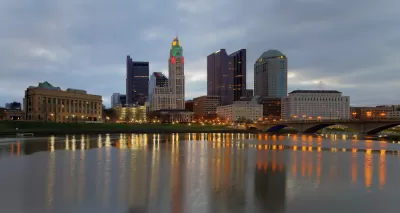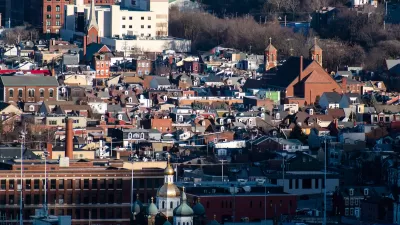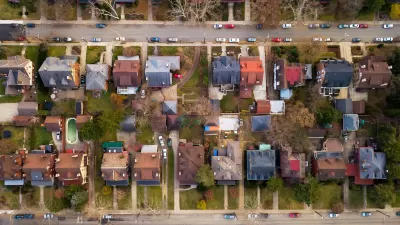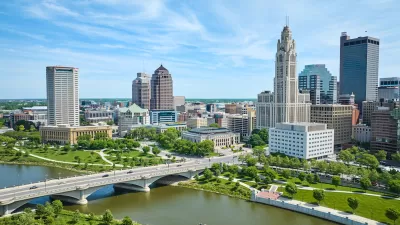The city is seeking ways to boost affordable housing development and encourage mixed-use, transit-oriented development.

Renee Fox reports on the city of Columbus' efforts to reform their zoning code and redress historical injustices, make building easier, and encourage affordable housing development. "The city’s code was written in the 1950s when city planning tools to keep certain neighborhoods for white people with money were spreading like wildfire in cities like Columbus, [Glennon Sweeney, senior research associate at The Ohio State University’s Kirwan Institute for the Study of Race and Ethnicity] said."
According to the article, "The code isn’t just racist, the piecemeal maze also makes it complicated, time-consuming and costly to create the types of projects the city wants to see developed." Michael Stevens, the city’s director of development, is quoted as saying, "In its current form it is inadequate at facilitating affordable housing, protecting job centers and encouraging transit-supportive mixed-use corridors that are needed to help all of our residents thrive."
The city commissioned a study to outline the challenges posed by the outdated zoning code and recommendations for adapting it to modern needs. "Stevens said the city wants to encourage infill development, the type that occurs in places where development already existed, but existing code encourages development in areas previously untouched, creating sprawl."
As Fox writes, "The code is expected to take several years to rehaul, but planners are looking into addressing identified growth corridors sooner. The city is entering the second phase of the project where it will use a consultant to gather community input and start developing ideas for the new code."
FULL STORY: Columbus' zoning code reform seeks to correct wrongs of the past, make building easier

Study: Maui’s Plan to Convert Vacation Rentals to Long-Term Housing Could Cause Nearly $1 Billion Economic Loss
The plan would reduce visitor accommodation by 25,% resulting in 1,900 jobs lost.

North Texas Transit Leaders Tout Benefits of TOD for Growing Region
At a summit focused on transit-oriented development, policymakers discussed how North Texas’ expanded light rail system can serve as a tool for economic growth.

Why Should We Subsidize Public Transportation?
Many public transit agencies face financial stress due to rising costs, declining fare revenue, and declining subsidies. Transit advocates must provide a strong business case for increasing public transit funding.

How Community Science Connects People, Parks, and Biodiversity
Community science engages people of all backgrounds in documenting local biodiversity, strengthening connections to nature, and contributing to global efforts like the City Nature Challenge to build a more inclusive and resilient future.

Alabama: Trump Terminates Settlements for Black Communities Harmed By Raw Sewage
Trump deemed the landmark civil rights agreement “illegal DEI and environmental justice policy.”

Dear Tesla Driver: “It’s not You, It’s Him.”
Amidst a booming bumper sticker industry, one writer offers solace to those asking, “Does this car make me look fascist?”
Urban Design for Planners 1: Software Tools
This six-course series explores essential urban design concepts using open source software and equips planners with the tools they need to participate fully in the urban design process.
Planning for Universal Design
Learn the tools for implementing Universal Design in planning regulations.
City of Santa Clarita
Ascent Environmental
Institute for Housing and Urban Development Studies (IHS)
City of Grandview
Harvard GSD Executive Education
Toledo-Lucas County Plan Commissions
Salt Lake City
NYU Wagner Graduate School of Public Service





























